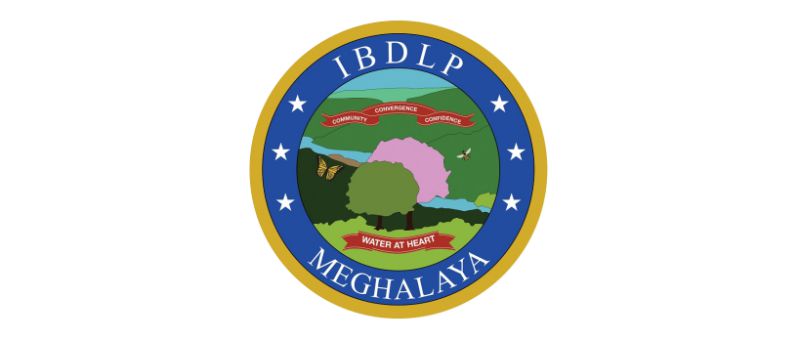
The Meghalaya government today reviewed the progress of its initiatives on the development front as well as the measures it has taken to deal with influx in the state.
The review meeting, held at the main secretariat here, was chaired by chief minister Mukul Sangma in the presence of ministers, including home minister Roshan Warjri and officers from different departments.
Speaking to reporters after the meeting, Sangma said the review was mainly on various initiatives of the state government, including comprehensive mechanisms to deal with illegal influx in the state.
As demanded by the pro inner-line permit (ILP) groups, the state government was to implement "comprehensive mechanisms" to check influx into the state.The state government will set up entry and exit points at various locations across the state for which different departments, including labour and home departments, would be involved.
According to Sangma, relevant departments have been asked to audit the strength of manpower so that they have the wherewithal to implement the assignments.
The state government has entrusted the Meghalaya Institute of Governance with carrying out social impact assessment (SIA) at 14 locations, including five in the Garo hills, for setting up of entry and exit points.
Sangma said the SIA has been completed at Malidor in East Jaintia hills district and was being carried out in other locations even as one site at Athiabari in West Khasi Hills was waiting for no-objection certificate from the Khasi Hills Autonomous District Council to acquire land.
Convergence of schemes: Sangma said the idea of converging centrally sponsored schemes with the state government's programmes was also discussed during the review meeting.
He said another review meeting on this issue would be held soon to know the progress of the work so that the mechanisms can be implemented within the set timeline.
"The functioning of entry and exit points is expected to start by this year in some areas," Sangma said.
Citing an instance, he said, centrally sponsored scheme such as the Mahatma Gandhi National Rural Employment Guarantee Scheme (MGNREGS) can be converged with other livelihood programmes of the state government such as the Integrated Basin Development and Livelihood Promotion Programme (IBDLP) so that people in rural areas can derive more benefits.
"Creation of infrastructure under MGNREGS provide jobs to the people in rural areas and if we converge this scheme with other livelihood programmes of the state, it will further benefit the people," he said.
Sangma also talked about converging centrally sponsored schemes on education such as Sarva Siksha Abhiyan (SSA) and Rashtriya Madhyamik Sikshya Abhiyan (RMSA) to further improve education in the state.
He said the resources pulled in from the Centre and the state for implementing these schemes should be properly structured.
The meeting also underlined the need to properly coordinate between the chief minister's secretariats with other departments for implementing various development initiatives of the government.